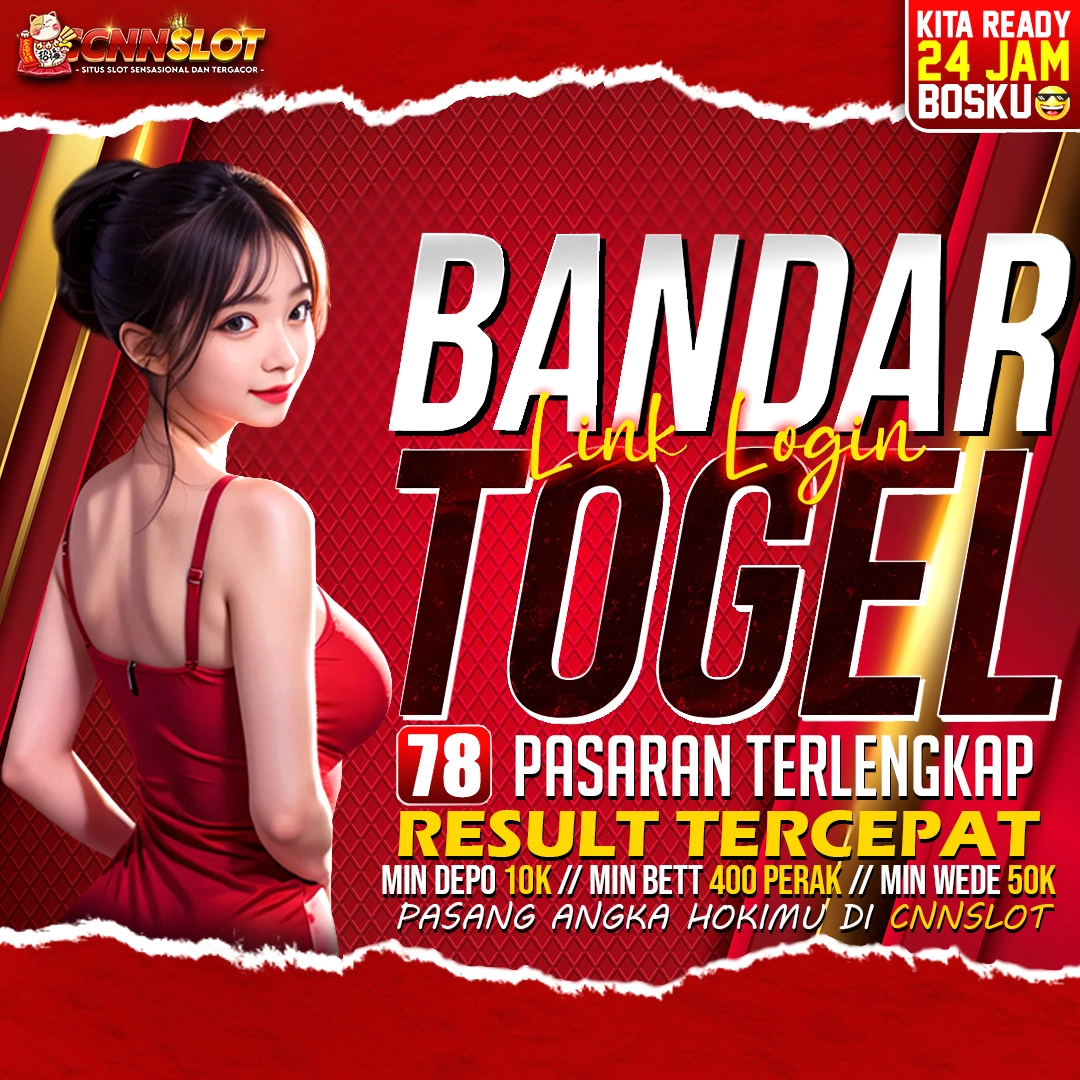CNNSLOT Login | Link Bandar Togel Result Tercepat Hari ini

Perfection made simple. Zero fees, zero hassle.
CNNSLOTDescription
CNNSLOT menyediakan link login resmi dari bandar togel online & agen toto terpercaya 2025 dengan sistem aman, jackpot menggiurkan, dan layanan pelanggan 24 jam nonstop serta result tercepat hari ini.'





